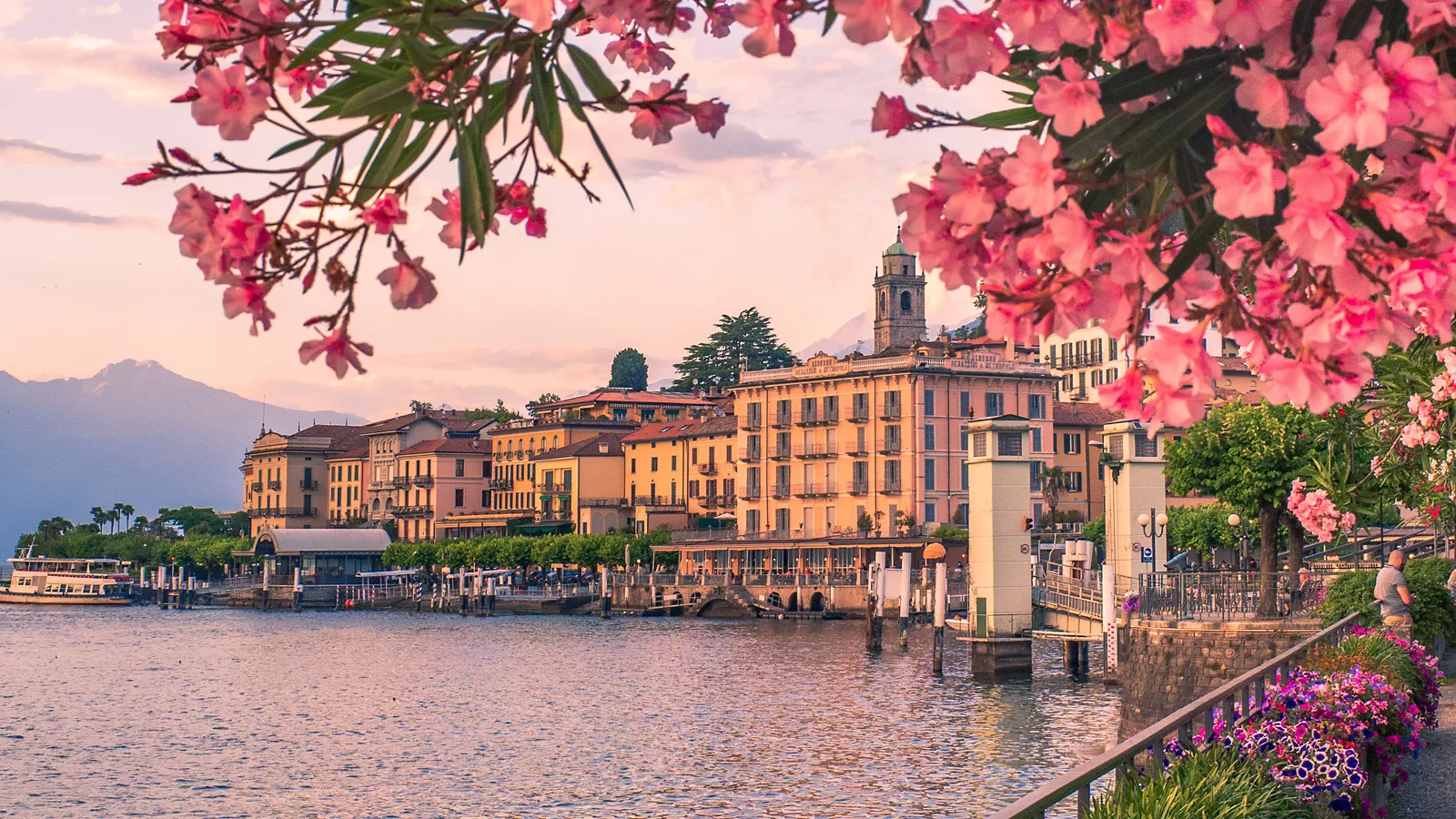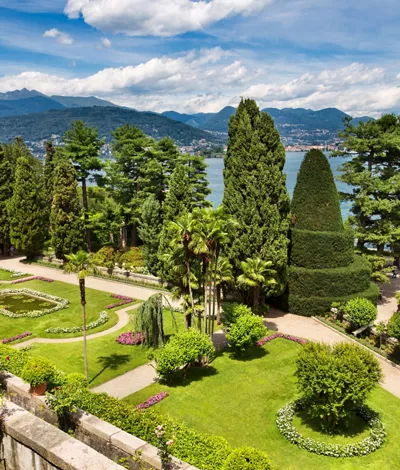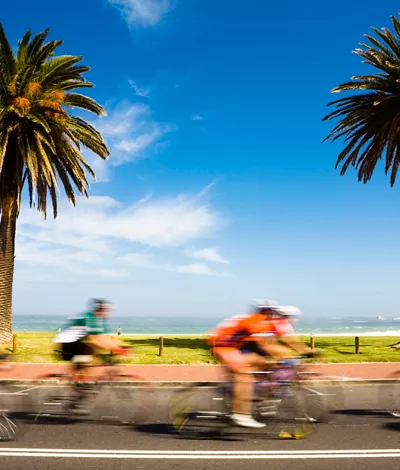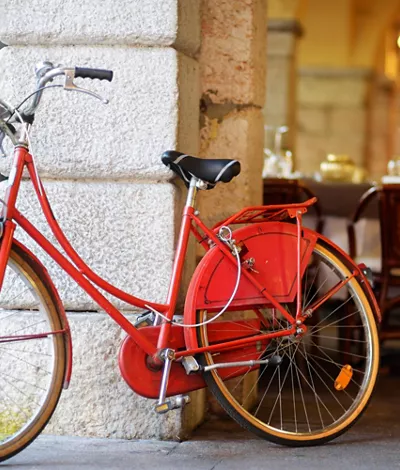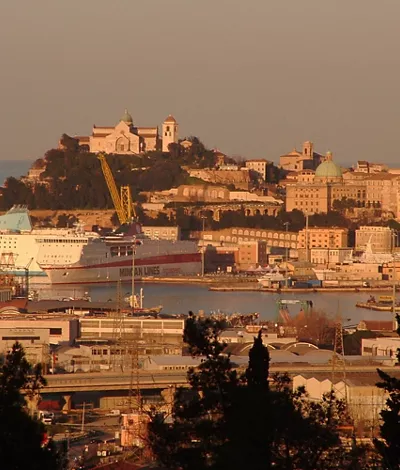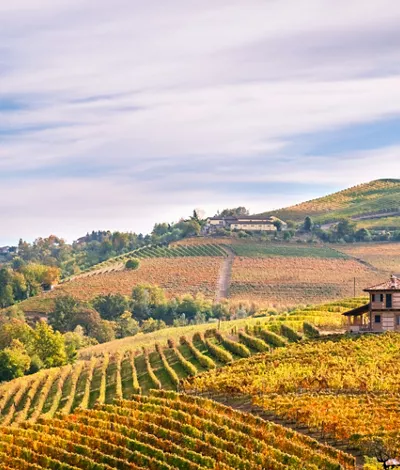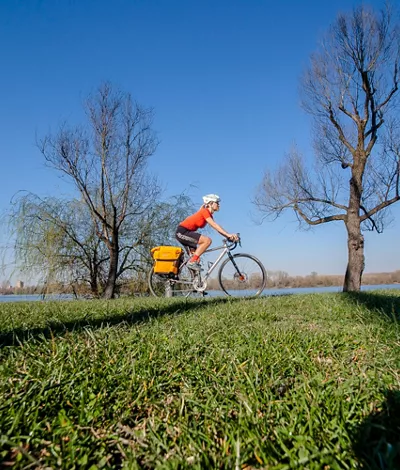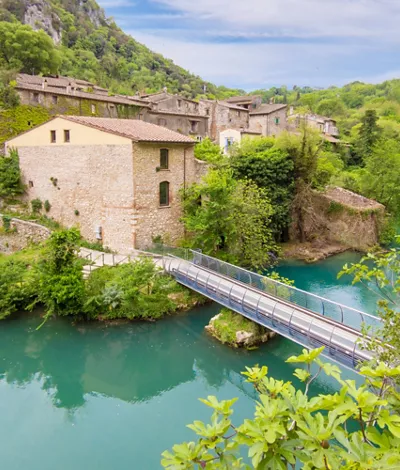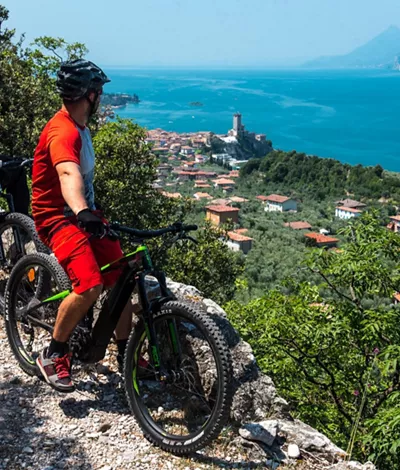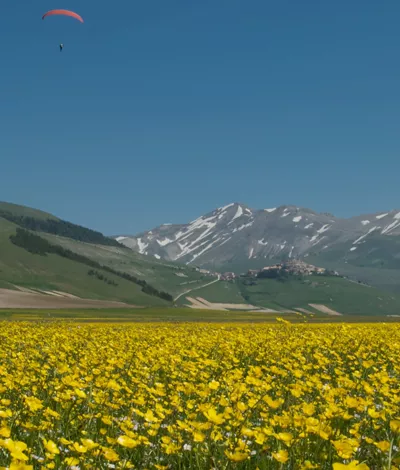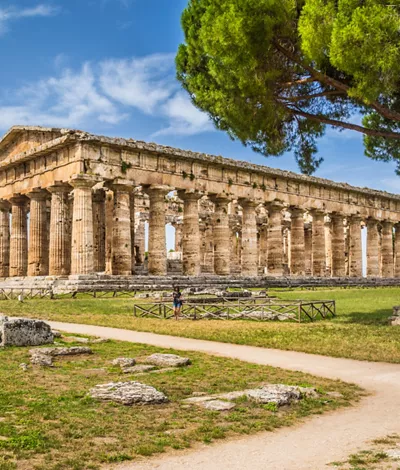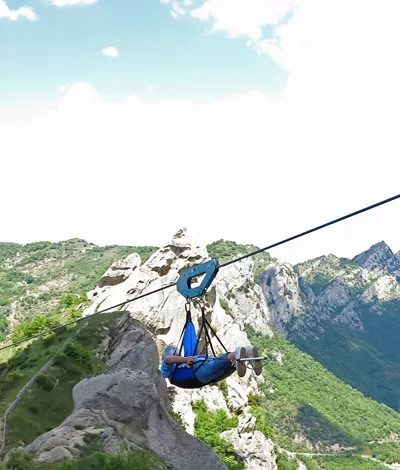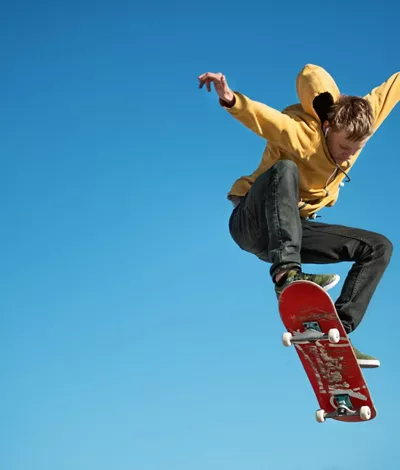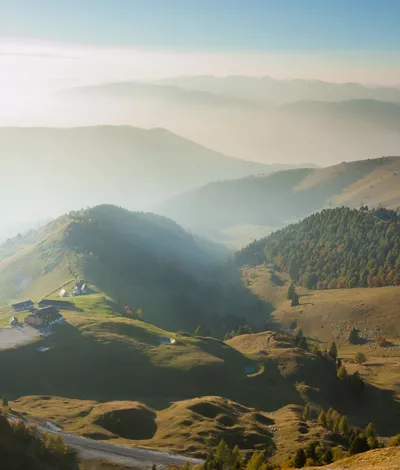A trip in spring is the best choice to enjoy the favourable climate and see the charming Italian villages bloom
In Spring, we witness the awakening of nature capable of transforming places and landscapes. One of the simplest pleasures is to explore the area and capture the surrounding sights and sounds. When you choose where to go in spring in Italy, get ready to be amazed by the incredible colours, scents and scenes, fully experience the fresh season of rebirth.
NOT TO BE MISSED
The most beautiful Italian destinations in spring
- Lakes
- Countryside and Hills
- Wellness
- Bike Tours
- Outdoor sports


